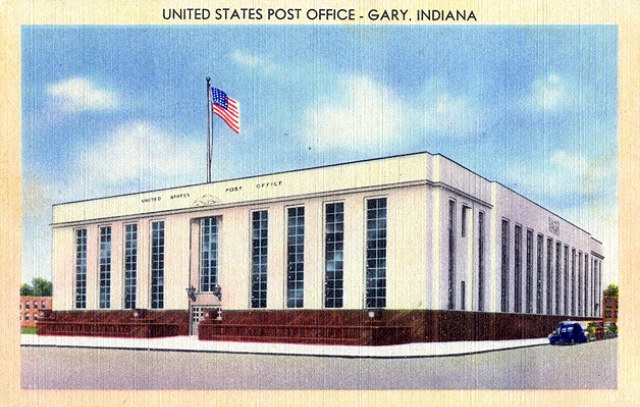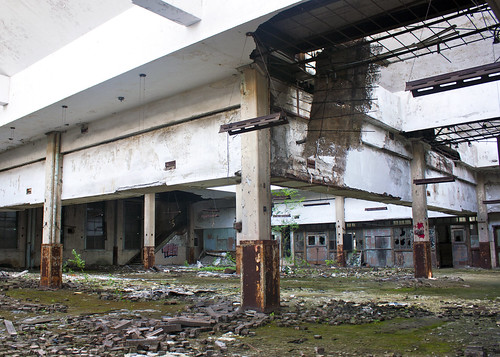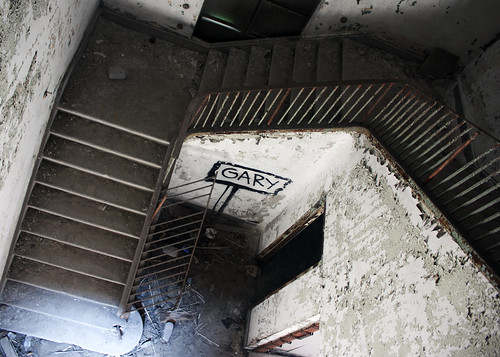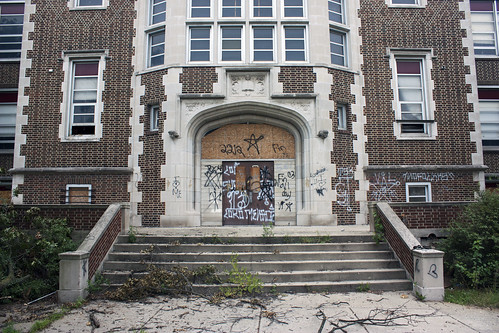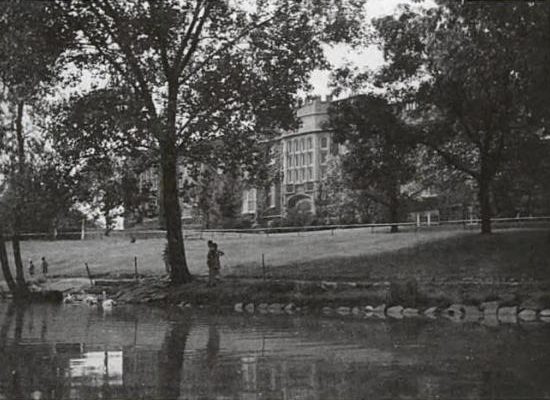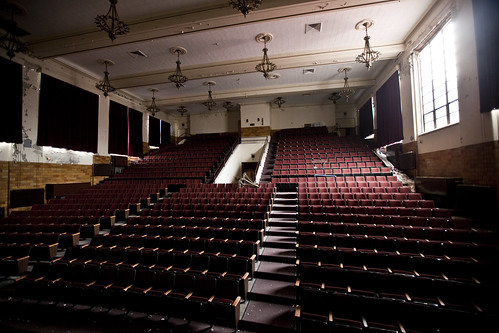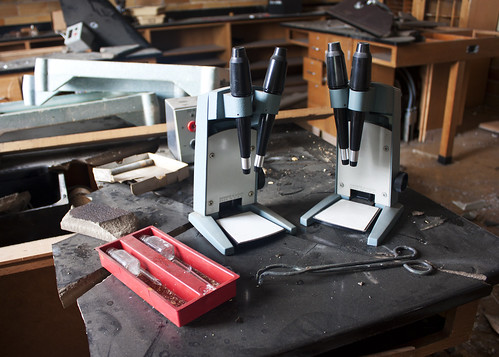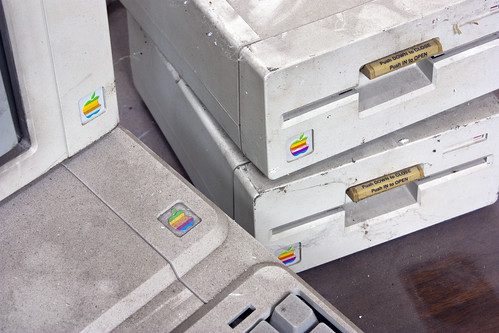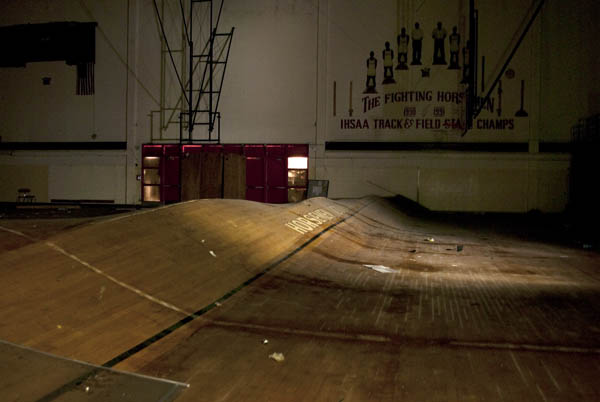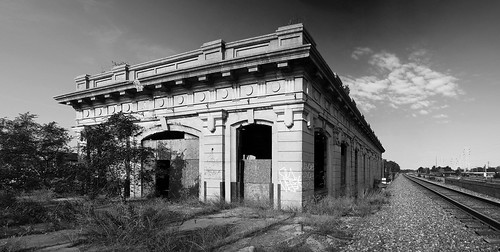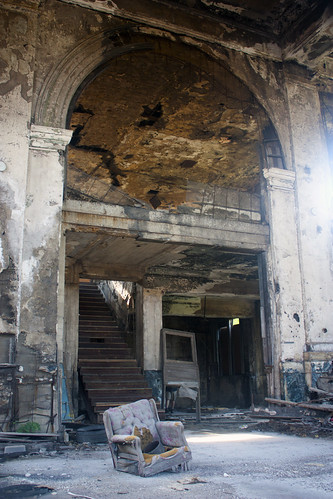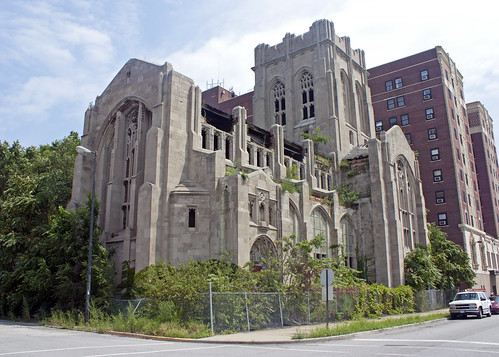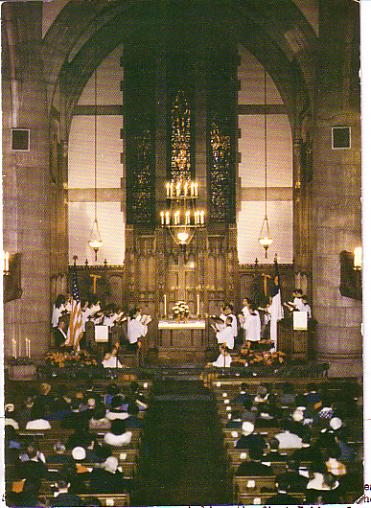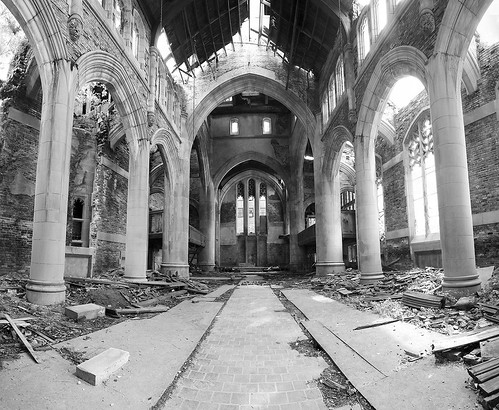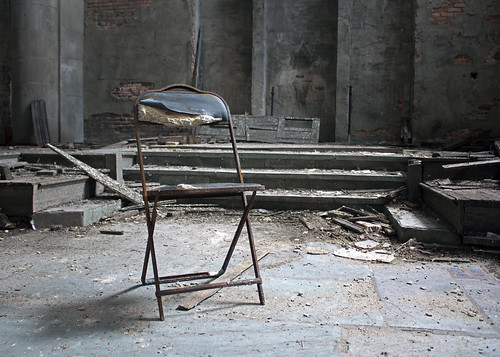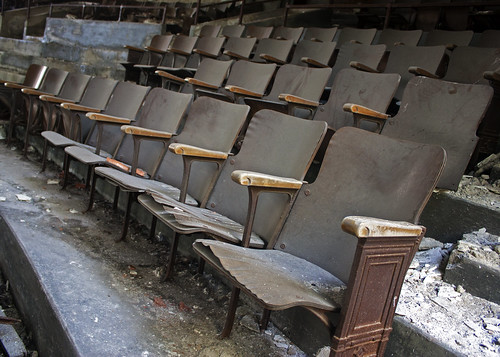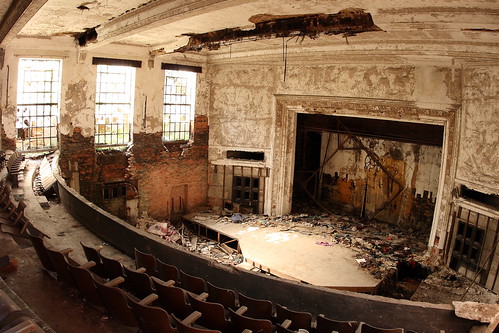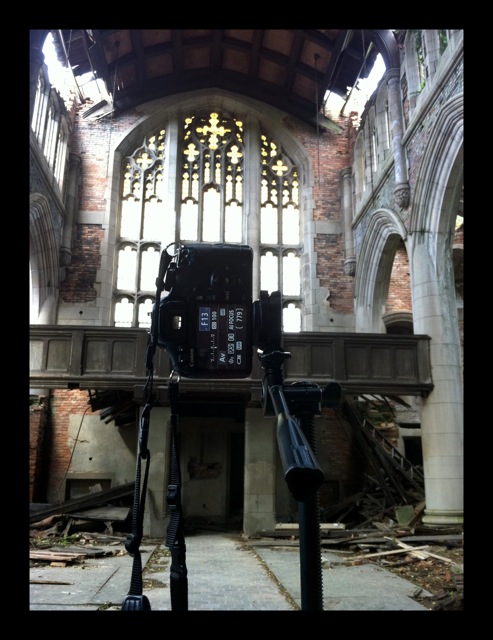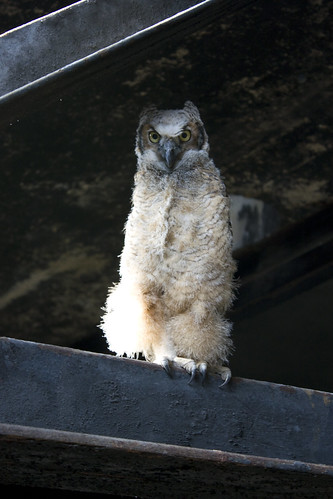Recently a visitor to this website sent an e-mail addressing the fact that American Urbex reveals locations in some of its posts. The author’s identity will not be revealed, as s/he is actually someone whom I admire greatly for their urbex photography. The e-mail is copied here verbatim.
I have noticed a trend in which places blatantly plug locations with nifty google maps, they get vandalized and attract heavy police attention.
I have shared places/locations and have 1000s of photos I use which have never been posted on the Internet for this reason.
It strikes me as odd that you continuously plug the exact locations of these places, do you want to be the last person in? do you want to get someone killed?
Many of us do this for a reason, to really glean a bit of history and I believe that you do as well, however, many more just enjoy a walk through an abandoned building and destroy, vandalize and steal.
curious, do you think of this when you post these things? Free disclosure of information is one thing, carelessness is another.
[author redacted]
American Urbex welcomes all rational debate. To this e-mail I replied:
Hello [author],
I’m a big fan of your work and we’ve actually communicated on Flickr about urbex locations before. I’m always inspired by what you are capable of doing with light.
Do I think about what information I post before it goes up? There is a great deal of deliberation that I go through about disclosing locations.
Not every post on American Urbex necessarily gets a Google Map with a pinpoint location. Here are three examples where the actual location is obfuscated in the interest of preservation.
http://americanurbex.com/wordpress/?p=209
http://americanurbex.com/wordpress/?p=327
http://americanurbex.com/wordpress/?p=339Most posts where I have plugged in the exact location are well known to the urbex community. They are locations that can be brought up with a Google search, which is oftentimes how I find them in the first place. The purpose of American Urbex is to shed positive light on locations by associating their histories with the photos taken. A majority of postings with associated research also have links to websites where I was able to originally glean location information from.
Do I want to be the last person in a location? No, I do not.
Do I want to get someone killed? Absolutely not.I cannot control the actions of others, be they for good or evil. I’m always saddened when I return to a location and find that someone has caused damage. In fact I share your frustration on this matter. Through American Urbex I advocate responsible urbexing. I make it a point to discuss the dangers, risks, and other concerns whenever I post. That is also why I did German to English translation work for Urbexers Against Vandalism and feature their banner on American Urbex.
As a photographer I too tend to keep my urbex resources close. Not every location I have shot deserves to be shared, because doing so would invite vandalism/arrest/etcetera. Location sharing among the urbex community is a contentious topic. What I have found in my conversations with other urbex photographers is that their opinions vary across the spectrum.
If you have any other questions please feel free to ask.
Ken Fager
American Urbex
The original author contacted me after that and said that there may have been some misdirected frustration over another urbex location that was vandalized. I too share in his/her frustration. I also recognize that location sharing in the urbex community is a contentious issue. That said there are considerations that are made before I place a map on a particular post.
1. Unlike a regular Google Map, clicking on a location pinpoint does not immediately reveal a location address. There are some urbex locations, however, that when placed in broader geographical context of the area reveal something of legitimate interest. Clever American Urbex visitors who are interested in visiting locations can still parse the location information if they are truly up for visiting. Most of the locations with maps associated with them are already public knowledge via internet search.
2. Not every location deserves or gets a map associated with it. American Urbex reserves the right not to reveal in the interest of preservation.
3. Many abandoned places by their very nature are unprotected. It is unfortunate when a location suffers aesthetic damage due to the carelessness of malcontented individuals. One issue that I mentally struggle with is the nature of vandals. Urbex photographers have a gift in creating beauty in decay, while vandals are destructive by nature. I find it difficult to believe that vandals research locations before going about their acts of destruction. Vandalism is a crime that tends to occur without premeditation. Isolation, opportunity, and exposure to anyone on the street tend to be a recipe for destruction.
There is more to an urbex location than just rotting detritus. There is a rich tapestry of history and context that can be derived if you look hard enough. Urbex is an activity I thoroughly enjoy. It is my commitment to share my experiences and research with the urbex community. It is also vitally important that those who are unfamiliar with its norms understand that urbexers do not behave with reckless abandon. We are not like the vandals at all.
To the photographer who contacted me, thank you for your e-mail. I still greatly admire your work and welcome challenge to American Urbex.
Your comments, thoughts and opinions are welcome.





